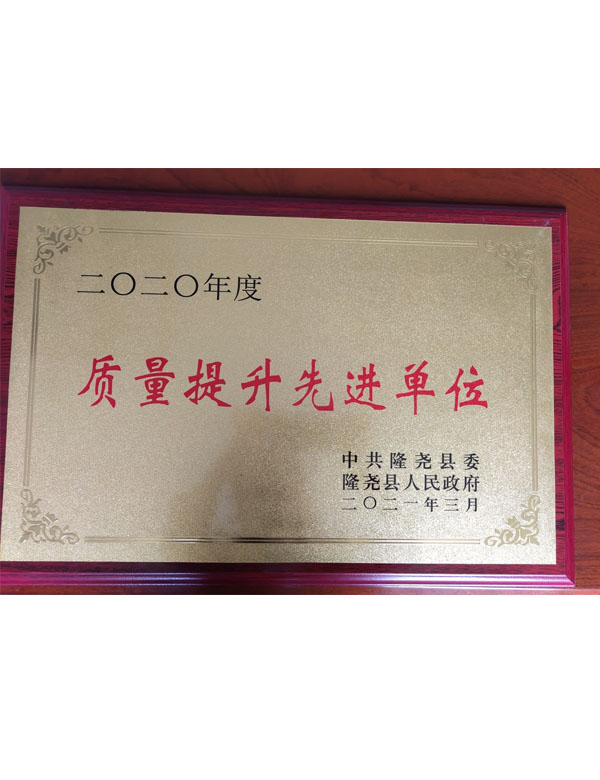Exploring Various Categories of Flocculants and Their Applications in Different Industries and Processes
Different Types of Flocculants
Flocculants are chemical agents used to promote the clumping of particles in liquids, resulting in the aggregation of solids into a floc. This process, known as flocculation, is essential in various industrial applications, particularly in water treatment, wastewater management, and mineral processing. Different types of flocculants are available, each with specific properties and applications, tailored to meet the diverse needs of various industries. This article will explore the main types of flocculants, their mechanisms of action, and their applications.
1. Synthetic Flocculants
Synthetic flocculants are widely used due to their high efficiency and ability to function in low concentrations. These are primarily polyacrylamides, which are long-chain polymers that can be anionic, cationic, or non-ionic based on their charge.
- Anionic Flocculants These flocculants carry a negative charge and are typically used in water treatment processes where the particles to be flocculated have a positive charge. They help improve the settling rate of solids by neutralizing the surface charges.
- Cationic Flocculants Carrying a positive charge, cationic flocculants are effective in wastewater treatment, particularly in treating industrial effluents and sludge dewatering. They bond with negatively charged particles, helping to form larger aggregates for easier filtration and sedimentation.
- Non-Ionic Flocculants These have no charge and are often used in applications where the ionic balance needs to be maintained to avoid interference with the flocculation process.
2. Natural Flocculants
Natural flocculants are derived from plants, animals, or microorganisms and are often favored for their biodegradability and lower toxicity. Some common natural flocculants include
different types of flocculants

- Starch This polysaccharide is used in various applications, including food processing and wastewater treatment. Modified starch can exhibit flocculating properties by enhancing the aggregation of particles.
- Guar Gum Extracted from the seeds of the guar plant, this natural polymer is effective in wastewater treatment and mining. Guar gum can help in sedimentation processes and is recognized for its eco-friendly properties.
- Chitosan Derived from chitin found in crustacean shells, chitosan is a biodegradable polymer that acts as a cationic flocculant
. It is particularly effective in treating wastewater containing suspended solids and heavy metals.3. Inorganic Flocculants
Inorganic flocculants are primarily based on metal salts. The most commonly used inorganic flocculant is alum (aluminum sulfate), which works by neutralizing the charge on colloidal particles, allowing them to agglomerate and settle. Other inorganic options include
- Ferric Chloride This is another popular coagulant used in water treatment. It helps in removing turbidity, pathogens, and organic matter.
- Polymeric Ferric Sulfate This flocculant combines the properties of ferric salts and polymers, enhancing its efficiency in treating water with high turbidity levels.
Conclusion
The selection of an appropriate flocculant is crucial for optimizing the flocculation process in various applications. Factors such as the nature of the particles, the composition of the liquid medium, and the desired characteristics of the final effluent must be considered. Understanding the different types of flocculants—synthetic, natural, and inorganic—enables industries to improve their processes, enhance efficiency, and minimize environmental impacts. As technology progresses, advancements in flocculant formulations will likely continue to evolve, offering even more effective solutions for particle aggregation in liquid mediums.
-
Water Treatment with Flocculant Water TreatmentNewsJun.12,2025
-
Polymaleic AnhydrideNewsJun.12,2025
-
Polyaspartic AcidNewsJun.12,2025
-
Enhance Industrial Processes with IsothiazolinonesNewsJun.12,2025
-
Enhance Industrial Processes with PBTCA SolutionsNewsJun.12,2025
-
Dodecyldimethylbenzylammonium Chloride SolutionsNewsJun.12,2025





